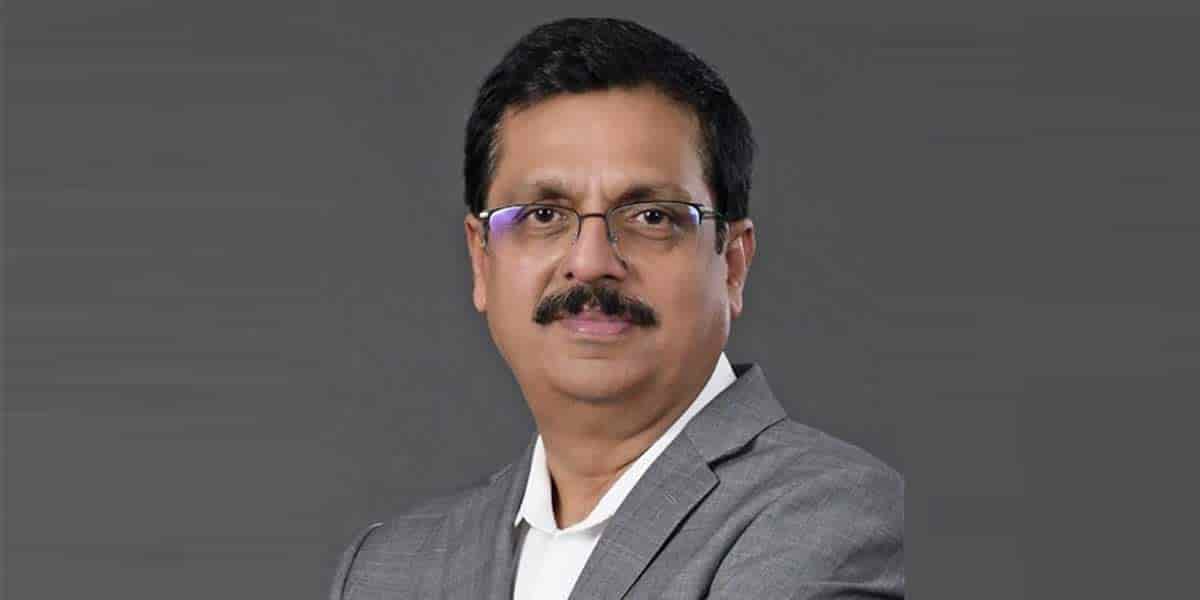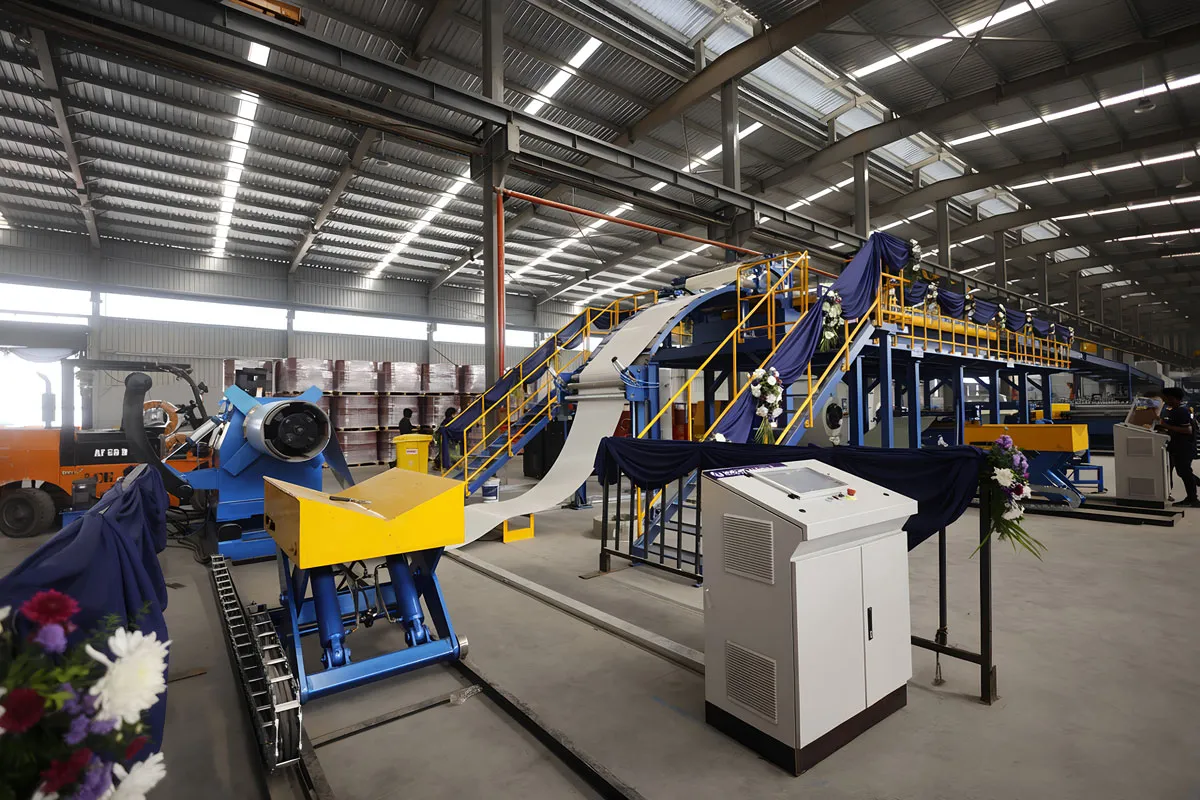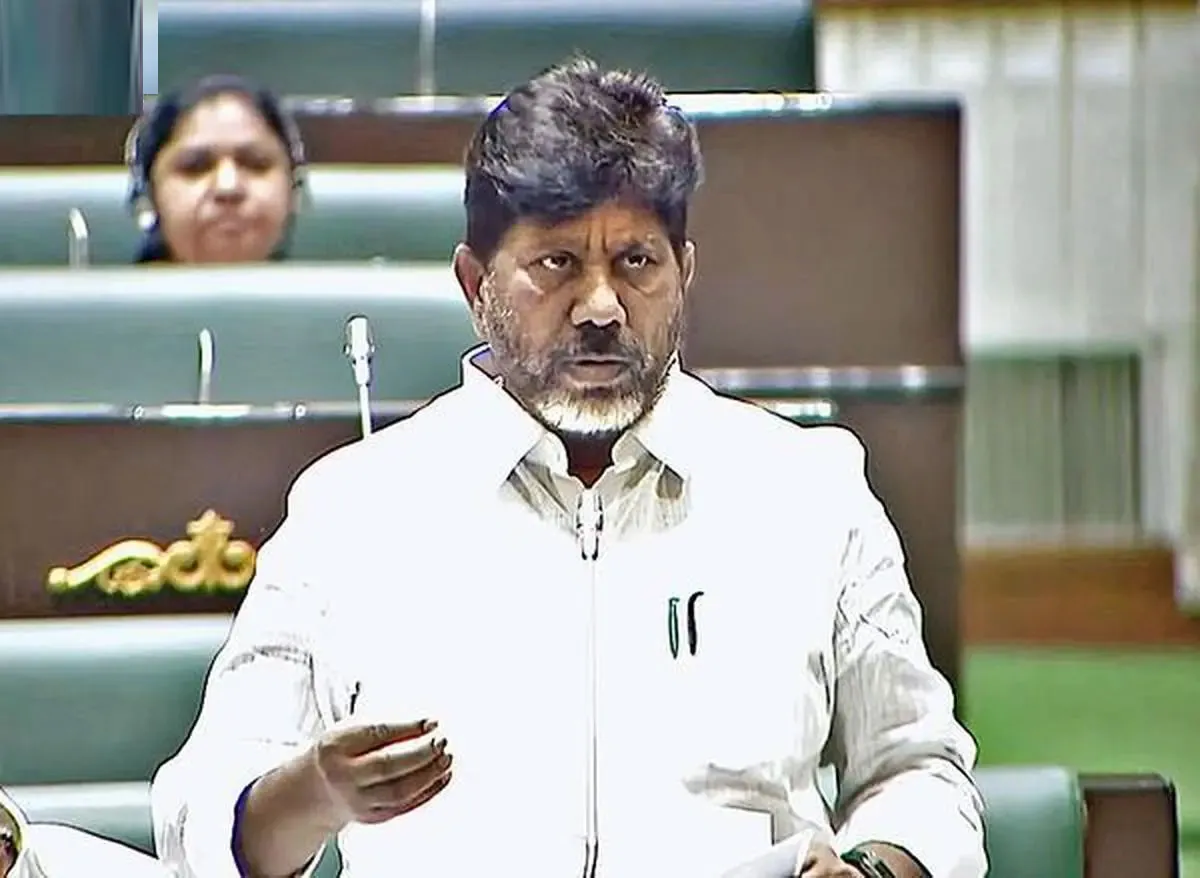REC Ltd, which finances and promotes power projects across India, has been gearing up for a big shift by focusing on renewable energy and other green projects. With the shift in priorities towards renewable energy, raising funds for renewables has become easier in the domestic and global market, says Vijay Kumar Singh, Director (Projects), REC Ltd. Stating that green hydrogen is a promising sector, he explains, in this interview, how policy-led reforms have improved the health of the power sector.
How does REC raise its funds? Has access to global funds become easier, especially for green projects?
REC aims to maintain a diversified mix of borrowing from different sources and geographies and the final decision to raise from a particular source depends upon the all-in landed cost at the time of raising funds. Indicatively, REC may continue to raise around $ 2-4 billion annually from international markets through a mix of Foreign Currency Bonds and Term Loans and the remaining from the domestic market. As far as domestic market rates are concerned, what we understand from the Reserve Bank of India’s (RBI) commentary is that the inflation fears have largely receded and accordingly, future rate hikes may be lower or nil.
Last year, the incremental cost of funds had gone up by around 50-60 basis points (bps) and our average cost of funds have risen by 28 bps. Now, we do not expect any further hardening of the interest rates for us. Currently, our spread is at 2.59 per cent compared to about 3.34 per cent a year ago. REC has also recently raised $ 750 million Green Bonds (~ `61 billion) in April 2023, which will be used exclusively towards financing of green energy and clean transportation projects.
Power sector reform has been one of the biggest achievements in the past few years to end years of debt being carried forward by the states. As a nodal agency for lending to the Revamped Distribution Sector Scheme (RDSS), how have you been managing to keep the books clean? Are the states adhering to the payment schedules?
Looking into the new scheme RDSS, it has brought about strong reform measures which are the pre-requisites. There is no restructuring involved in this scheme and states can benefit from grants only if they demonstrate performance improvements and take up timely tariff revisions, timely payment of subsidies and other dues, reduce their Aggregate Technical & Commercial (AT&C) losses and Average Cost of Supply – Average Revenue Realised (ACS-ARR) gaps etc. Under this scheme, the smart metering exercise will go a long way in decreasing losses in billing and collections. The operational improvement exercise like feeder and distribution transformer (DT) metering, feeder segregation etc will strengthen the structure. But the most important theme of this entire reform exercise is changing the basic structure of operations of discoms. The scheme seeks to put the onus on the state for operations of discoms, while fully insulating them from subsidised tariff. So, mandatory condition of this scheme is payment of subsidies on time, tariff revisions, timely preparation of accounts etc.
By ensuring cost reflective revenue either through tariff or subsidies and operational improvements, discoms are now gaining in financial and operational strength.
The Government of India (GOI) launched the Late Payment Surcharge (LPS) scheme in June 2022, which has yielded significant results in reducing outstanding dues.
At the time of its introduction, state utilities owed Rs.1.39 trillion, a figure that has now been reduced to around Rs.650 billion. This reduction of 53 per cent in outstanding dues within a year reflects the scheme’s success in incentivising timely payments and making the power sector an attractive investment opportunity. Based on the results achieved so far, it is expected that strict implementation of the LPS rules will bring back financial viability of the power sector value chain in the country and would attract investment to ensure reliable 24x7 electricity to consumers. This rule has not only ensured that the outstanding dues are liquidated but has also ensured that the current dues are paid in time. It may be seen that the rule has played a vital role towards ensuring financial discipline in discoms.
Collection of revenue from the users has been a weak point in the power sector. As lenders have you been involved in pre-paid metering and enhancing collections as well? With smart meters and automatic metering will this improve?
The GOI has launched the RDSS Scheme which aims to:
1. Improve quality, reliability & affordability of power supply
2. Reduce AT&C loss to 12-15 per cent by FY-25
3. Reduce ACS-ARR Gap to zero by FY-25
An important component of the scheme is smart metering works which includes:
1. Provision for an outlay of Rs.1.5 trillion with an estimated Global Business Services (GBS) of Rs.233 billion.
2. Implementation model – Design, Build, Finance, Own, Operate Transfer (DBFOOT) with complete responsibility of development and Operation & Maintenance (O&M) on implementing agency (AMISP)
3. Funding pattern –15 per cent/ 22.5 per cent (limited to Rs.900/ Rs1,350) of cost per meter
4. Incentive for early completion (before Dec-23) – 7.5 per cent/ 11.25 per cent (limited to Rs.450/ Rs.675) of cost per metre.
Benefits of smart meters for the utility are:
Reduced Energy Theft: Prepaid smart meters can help curb energy theft since they require legitimate payment to supply electricity. This can lead to fairer energy distribution and reduced losses for utility companies, ultimately benefiting honest consumers.
Increased Revenue Collection: For utility providers, prepaid metering can lead to improved revenue collection. Since consumers pay in advance for their energy usage, the risk of unpaid bills and bad debt is significantly reduced.
Lower Administrative Costs: With prepaid smart meters, utility companies can reduce administrative overhead associated with traditional billing processes, meter reading, and bill distribution. This can lead to cost savings and more efficient operations.
Enhanced Customer Service: Prepaid metering systems often come with online portals or mobile apps that allow consumers to easily top up their credit, monitor usage, and access account information. This level of convenience can lead to higher customer satisfaction.
Encouragement of Energy Conservation: When consumers can see their energy usage in real-time and understand the direct impact of their actions on their credit balance, they are more likely to adopt energy-saving behaviors.
Flexibility and Customisation: Prepaid metering allows for flexible tariff structures, including time-of-use pricing or dynamic pricing. This flexibility will enable utilities to incentivise energy consumption during off-peak hours, promoting a more balanced grid and optimsing energy generation and distribution.
Overall, smart prepaid metering offers benefits to both consumers and utility providers, fostering a more efficient, cost-effective, and sustainable energy ecosystem. It promotes energy conservation, reduces operational costs, and empowers consumers to take control of their energy usage and expenditure.
REC has been appointed as a nodal agency for the successful implementation of the scheme.
What is the current break-up of lending to the traditional and the green energy sector? What is the difference in terms of lending and tenures to the traditional and green energy sector?
Green energy financing currently forms 16 per cent of sanctions and 5 per cent of the overall loan portfolio.
The lending rates for renewable projects range from 8.95 per cent to 9.95 per cent, depending upon the integrated rating of the borrower. The rates are generally on a one-year reset basis. For discoms, the rates range from 9.75 per cent to 11.25 per cent.
However, the rates for traditional sectors like conventional generation range from 10.15 per cent to 11.90 per cent, depending upon the integrated rating of the borrower. The rates are generally on a one-year reset basis.
Do you have a significant lending portfolio to the green energy sector? What are the risks associated with it? Do you also lend to organisations involved in research on storage and grid integration?
As on date, renewables form 5 per cent of the total disbursement pie of the organisation. Even though this might look like a small number purely in percentage terms, it still works out to more than `280 billion. However, renewable energy would continue to be a key focus area for REC over the next few years, in keeping with the GOI’s strong policy support to develop this segment. We are committed to increase our renewable portfolio from the current 5 per cent to nearly 30 per cent by 2030. Till date, REC has sanctioned the funding for 3,500 E Buses and is committed to meet the Sustainable Development Goals (SDG) of the nation.
With a strong foothold in its existing area of operations, REC is poised to enter into new areas of business. This will include extending assistance for activities having a forward or backward linkage with energy related projects, financing electro-mechanical and hydro-mechanical components and associated civil works in large lift irrigation projects, pollution control equipment in thermal power plants and other emerging technologies. Additionally, REC has also expanded the scope of its lending to infrastructure and logistics sector, which includes airports, ports, roads, metro railways, etc.
You lend in generation, transmission and distribution. Which are the sectors that have shown significant improvement and how? Has enough been done in terms of policy to enforce reforms?
Renewable energy would continue to be a key focus area for REC over the next few years, in keeping with the GOI’s strong policy support to develop this segment.
REC has forayed into non-power infra space. This is a direct consequence of healthy growth in the capital position of the company. Our net-worth is now `608.86 billion
($7,421 million) grown around 16 per cent year-on-year after payment of dividends, better asset quality and Capital to Risk (Weighted) Assets Ratio (CRAR) at 27.60 per cent, we thought this is the right time to diversify and grow.
We have been working in this area for some time and have got some hold on it now. In the coming days you will find several sanctions issued in this non-power infra space. Having said that, our primary focus shall be on the power sector, which is our core strength. We feel that 2-3 years down the line, we may have around 10-15 per cent of our loan book represented by non-power infra.
Do you lend to hydrogen projects? What is your outlook on hydrogen and how much traction is there on the ground?
Yes, we are looking to expand our footprints in the green hydrogen space and augment the efforts of the GOI in supporting the National Green Hydrogen Mission.
REC is focused towards supporting the green hydrogen and energy transition commitments of our nation. Looking at the pure potential of the green hydrogen sector, we understand that India has some of the most competitive Levelised Cost of Electricity (LCOE) for solar and wind in the world while remaining a net importer of natural gas. Given the promises of electrolyser cost and LCOE decline, it is more beneficial to expand green hydrogen production in India rather than production of grey or blue hydrogen. With an expected price decline for both electrolysers and renewables, analysis indicates that in the best-case scenario, the cost of green hydrogen can fall to approximately $1.60/kg by 2030 and $0.70/kg by 2050. This presents a great opportunity for REC to aggressively fund in this sector.
Do you have any Non-Performing Assets (NPAs) or have you managed to keep the repayments coming steadily?
REC’s NPA numbers have shown a consistent improvement over the years. Gross NPAs have reduced from Rs.212.56 billion ($ 2,591 million) (6.59 per cent) as on 31-03-20 to Rs.148.92 billion ($ 1,815 million) (3.27 per cent) as on 30-06-23. Similarly, net NPAs have decreased from `107.03 billion ($ 1,305 million) (3.32 per cent) as on 31-03-20 to Rs.43.99 billion ($ 536 million) (0.97 per cent) as on 30-06-23.
Our provisioning on stressed assets is about 71 per cent. We are experiencing write backs on most of the implemented resolutions. So, we believe our provisioning is adequate.
Last year, we resolved/upgraded stressed assets of around `22 billion ($ 268 million) wherein realisation has been to the extent of 70 per cent. The projects are South-East UP Transmission, Gati Infrastructure, Ind-Barath Utkal, Jhabua Power Limited and also two small windmill projects of ATN International and Silicon Valley Infotech. We are targeting to become net-zero NPA company by 2025.E Jayashree Kurup is Director, Wordmeister Editorial Services and Senior Editor, Construction World and Infrastructure Today




















